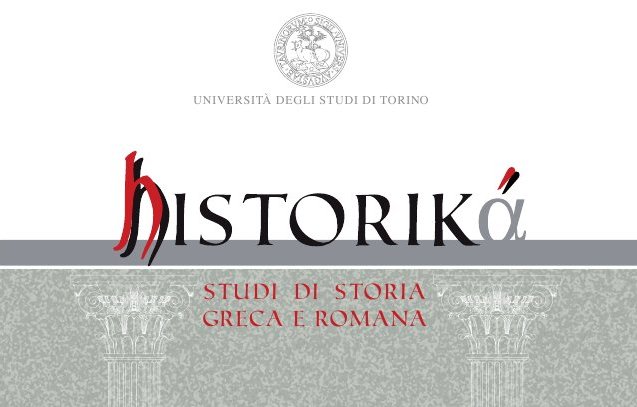Broken stelae, fallen stones. Neglect, deterioration, and disruption of the epigraphic landscape
DOI :
https://doi.org/10.13135/2039-4985/7852Résumé
Over the centuries, the cities of ancient Greece produced numerous texts on stone and
metal, and nowhere more so than in ancient Athens. However, when an inscription outlived
its purpose, the problem of reuse arose. Dedications to the gods in stone and bronze,
as sacred objects, presented difficulties in terms of removal. The result was a landscape of
broken stelae and damaged inscriptions alongside new texts. The rules against damaging
inscriptions in the Archaic and Classical periods partly explain this situation. However,
two specific epigraphic documents shed light on this coexistence: an inventory from the
Athenian Acropolis and an inscription from Larisa. By analysing these texts, the article
explores their methodological implications for the reconstruction of the inscribed landscape.
By comparing the situations that led to their publication, the article examines
whether the interest in documenting sacred sites was the sole motivation and whether restoration
initiatives followed. The considerations presented may improve our understanding
of the development of the epigraphic landscape in general and the Athenian landscape
in particular. Indeed, the neglect of older inscriptions is presented here as a significant
factor in the formation of the epigraphic landscape, challenging the prevailing view that it
was solely the result of deliberate decisions by the polis.
Téléchargements
Publiée
Numéro
Rubrique
Licence
Gli autori che pubblicano su questa rivista accettano le seguenti condizioni:
- Gli autori mantengono i diritti sulla loro opera e cedono alla rivista il diritto di prima pubblicazione dell'opera, contemporaneamente licenziata sotto una Licenza Creative Commons - Attribuzione che permette ad altri di condividere l'opera indicando la paternità intellettuale e la prima pubblicazione su questa rivista.
- Gli autori possono aderire ad altri accordi di licenza non esclusiva per la distribuzione della versione dell'opera pubblicata (es. depositarla in un archivio istituzionale o pubblicarla in una monografia), a patto di indicare che la prima pubblicazione è avvenuta su questa rivista.


 The journal has been approved for inclusion in DOAJ. The DOAJ listing of the journal is available at
The journal has been approved for inclusion in DOAJ. The DOAJ listing of the journal is available at 

